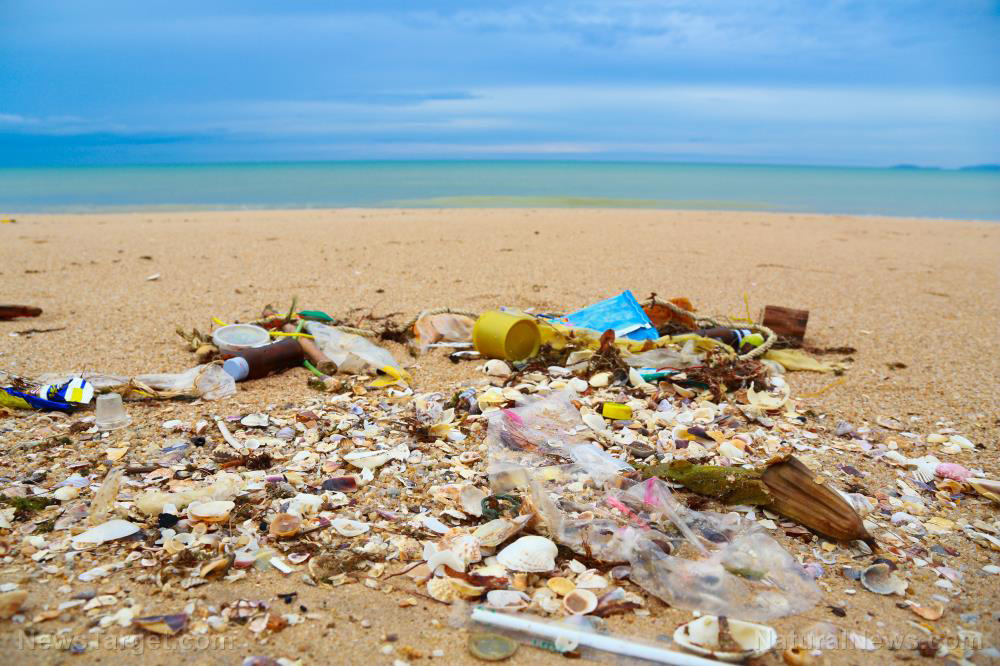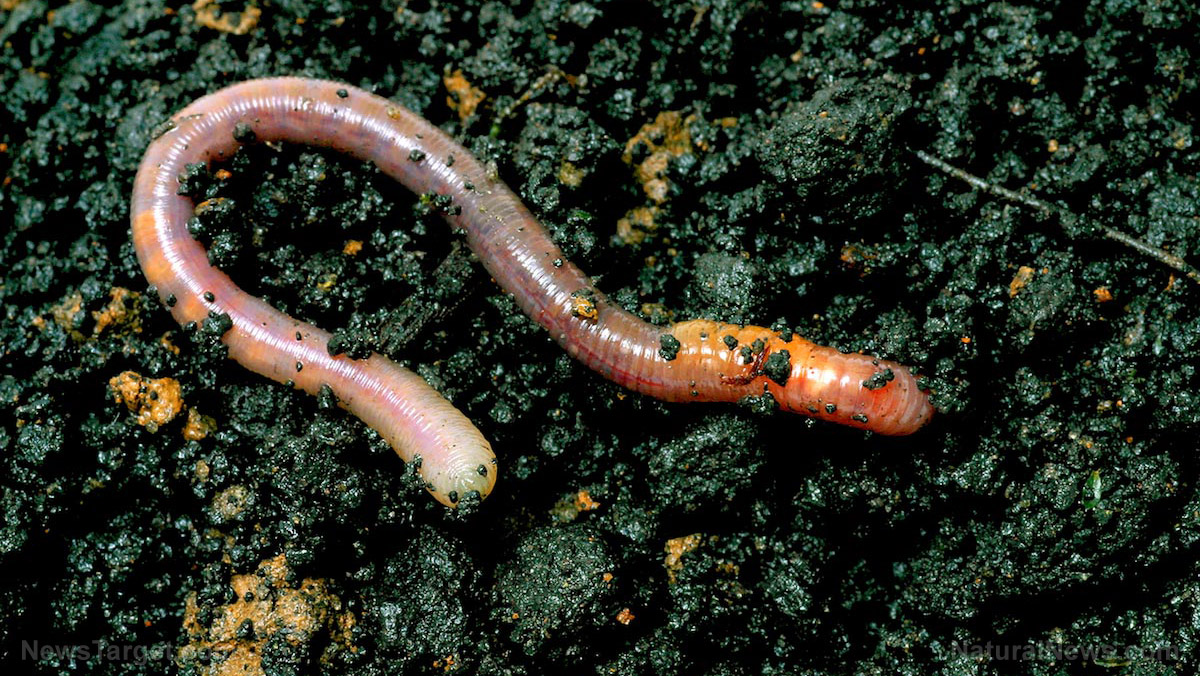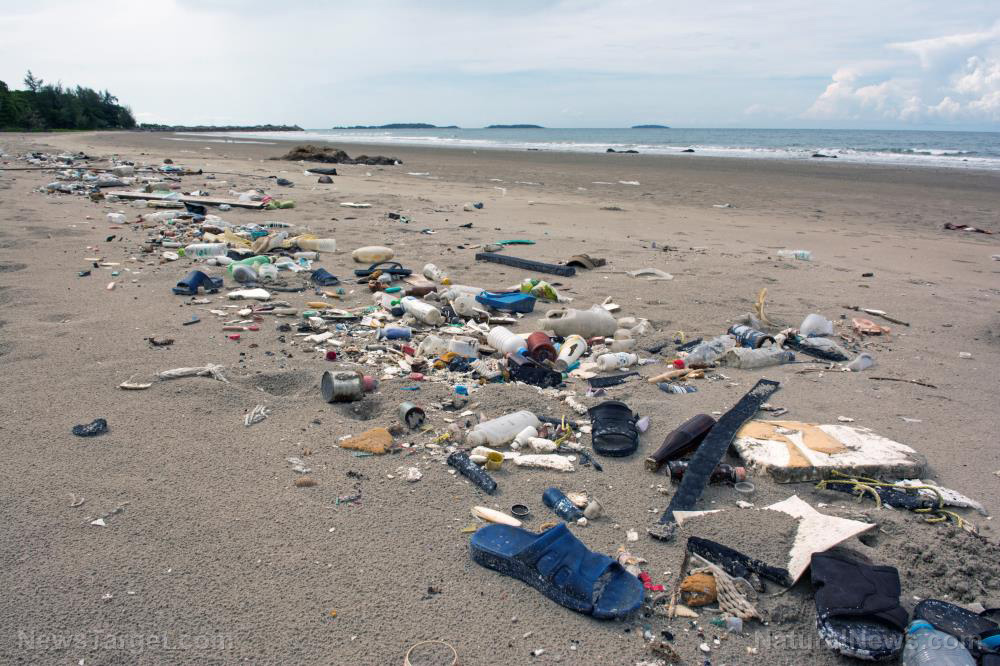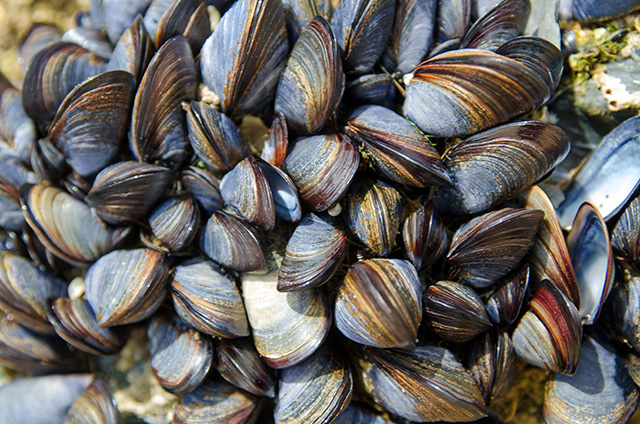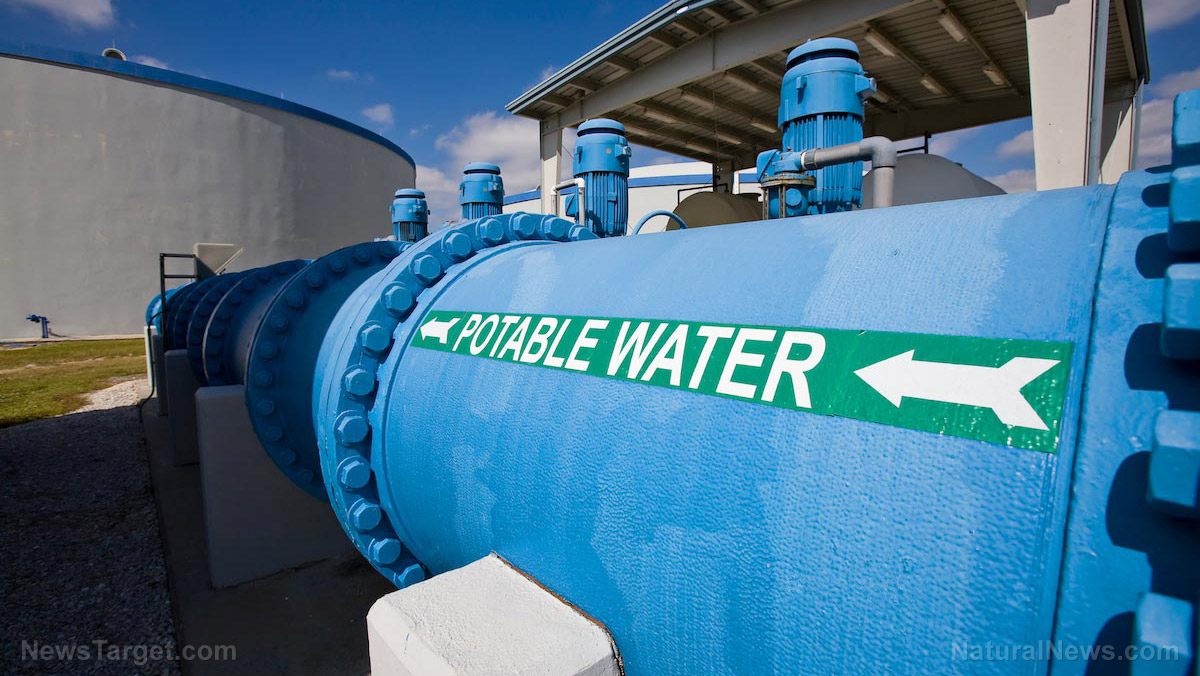Pharmaceuticals are destroying fresh water ecosystems
07/08/2019 / By Tracey Watson

Pharmaceutical companies have certainly made a massive impact on the well-being of human beings through the development of drugs that in some cases have literally meant the difference between life and death.
Nonetheless, the legacy of pharmaceutical giants like Pfizer, GlaxoSmithKline, Eli Lilly and others has been tainted by accusations of collusion and over-charging, and many of the drugs they have developed cause serious side effects. The opioid crisis in the United States has also largely been fueled by unscrupulous drug manufacturers more concerned with the bottom line than protecting vulnerable patients.
New research indicates that pharmaceuticals are causing extensive damage in other areas, too. As reported by Science Daily, studies have revealed that pharmaceuticals have built up in fresh water sources across the globe, reaching levels that are causing serious environmental damage, and increasing the problem of antibiotic resistant superbugs.
The latest study to examine the impact of pharmaceuticals on the environment was conducted by researchers from Radboud University and published in the journal Environmental Research Letters.
Concentrations of pharmaceuticals in fresh water continually increasing
As explained by Harvard Health, we as consumers are the main cause of drugs ending up in fresh water lakes, rivers and streams. A large proportion of drugs are unused – some estimates are as high as 50 percent – and many of these are flushed down the toilet. Nursing homes have a particularly bad record of discarding of unused medications in this way.
Drug manufacturing plants are also responsible for huge volumes of drugs entering fresh water sources. Harvard reported:
[A] U.S. Geological Survey study found contamination levels downstream from two drug manufacturing plants in New York State that were 10 to 1,000 times higher than those at comparable facilities around the country.
And agriculture is another massive source of contamination:
The two trillion pounds of animal waste generated by large-scale poultry and livestock operations in this country is laced with hormones and antibiotics fed to animals to make them grow faster and to keep them from getting sick. Inevitably, some of those hormones and antibiotics leach into groundwater or get into waterways.
Environmental effects of fresh water drug contamination
Scientists have been aware for some time that pharmaceuticals are building up in fresh water sources at an alarming rate. However, as noted by the Radboud University study’s lead author, Rik Oldenkamp, data is far more available for areas like rivers in Europe than it is for other countries. The researchers therefore developed a model which would enable them to gather information for countries across the globe.
The study abstract explains how the researchers developed their model and then examined the impact of two very commonly prescribed pharmaceuticals: carbamazepine, an anti-epileptic drug, and ciprofloxacin, a commonly prescribed antibiotic:
First, we predicted country- and year-specific per capita consumption with a regression model. Second, we calculated spatially explicit freshwater concentrations via a combination of mass balance models, addressing the pharmaceutical’s fate in respectively humans, wastewater treatment plants and the environment. Finally, we divided the freshwater concentrations at the level of individual freshwater ecoregions with the regulatory limit value derived from toxicity tests to come to an ecoregion-specific AR [aquatic risk].
The team found that the environmental risks caused by these drugs was between 10 and 20 times higher in 2015 than back in 1995. The antibiotic ciprofloxacin was found to be particularly damaging.
These higher concentrations of drugs harm bacteria which are essential to several nutrient cycles. Antibiotics in the water also interfere with the effectiveness of bacteria colonies commonly used in the treatment of wastewater.
Of particular concern is the fact that antibiotics in fresh water could accelerate the already catastrophic increase in antimicrobial resistance which is creating untreatable superbugs.
Of course, while pharmaceuticals continue to be a multi-billion dollar business – the biggest business on the planet, in fact – there is very little chance that levels of pharmaceuticals in our fresh water sources will start decreasing anytime soon.
Learn more at SuperBugs.news.
Sources include:
Tagged Under: Antibiotics, antimicrobial resistance, Big Pharma, clean water, Ecology, ecosystem, environ, environment, fresh water, lakes, pharmaceuticals, research, rivers, streams, superbugs
RECENT NEWS & ARTICLES
COPYRIGHT © 2017 ECOLOGY NEWS




